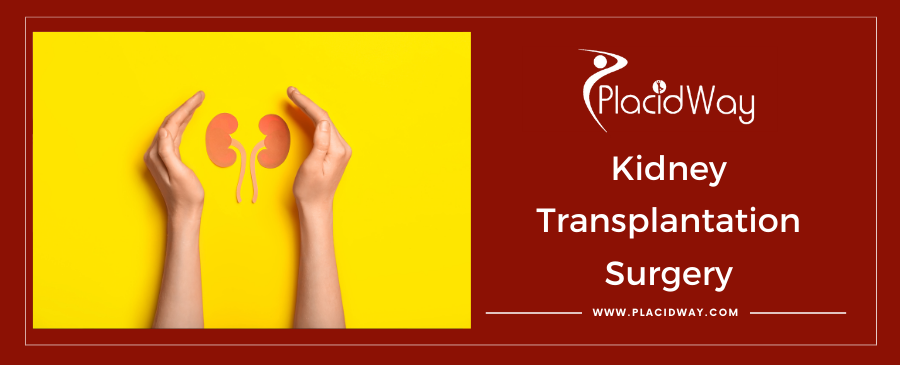
Table of Content
Kidney transplantation surgery involves replacing a diseased kidney with a healthy kidney from a donor. This treatment is typically recommended for patients suffering from end-stage renal disease or severe kidney failure. The procedure aims to restore normal kidney function, eliminating the need for dialysis and improving the quality of life for recipients.
| Type | Description | Advantages |
|---|---|---|
| Living Donor Kidney Transplant | Kidney from a living donor, often a relative or friend. | Shorter wait times, better outcomes. |
| Deceased Donor Kidney Transplant | Kidney from a deceased donor. | Increases the pool of available organs. |
| Paired Kidney Exchange | Swap of kidneys among incompatible donor-recipient pairs. | Increases chances of finding a match. |
| Step | Description |
|---|---|
| Preoperative Assessment | Medical evaluations to determine patient's suitability for transplant. |
| Surgery | Removal of the diseased kidney and placement of the new kidney. |
| Postoperative Care | Monitoring and managing recovery and organ acceptance. |
| Country | Cost |
|---|---|
| Mexico | $70,000 |
| Turkey | $50,000 |
| Thailand | $75,000 |
| Colombia | $60,000 |
| India | $20,000 |
| Austria | $90,000 |
| USA | $400,000 |
| UK | $110,000 |
Find Prices for Kidney Transplantation Surgery Near You
Typically, the cost of kidney transplantation surgery without insurance can vary widely depending on the country, ranging from $20,000 to $400,000.
Yes, with experienced surgeons and proper post-operative care, kidney transplantation is considered safe and effective.
The initial recovery period for kidney transplantation is typically 2 to 4 weeks, with ongoing follow-up and monitoring.
Success rates vary but generally exceed 90% for the first year post-transplant.
Yes, patients can choose living donors; otherwise, they will receive a kidney from a matched deceased donor.
Explore top destinations and expert medical teams for your kidney transplantation surgery abroad. Experience high-quality care at affordable prices and benefit from shorter waiting times. Trust PlacidWay to guide you through your journey to better health.
Urology Abroad | Best Urology Center